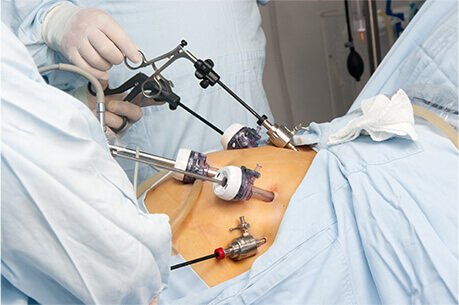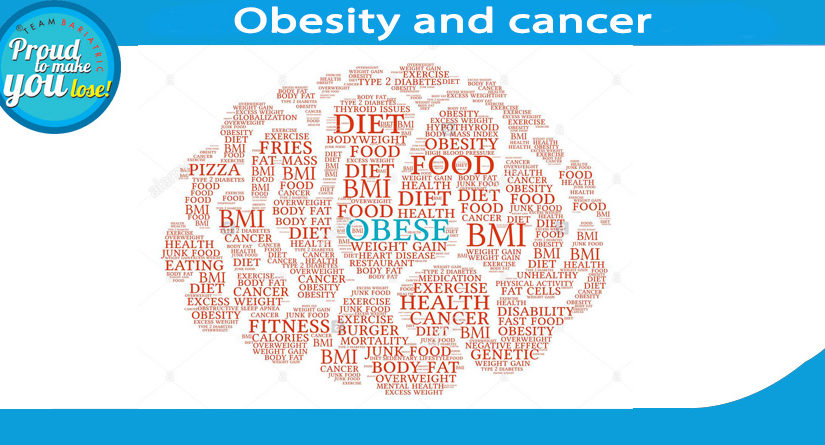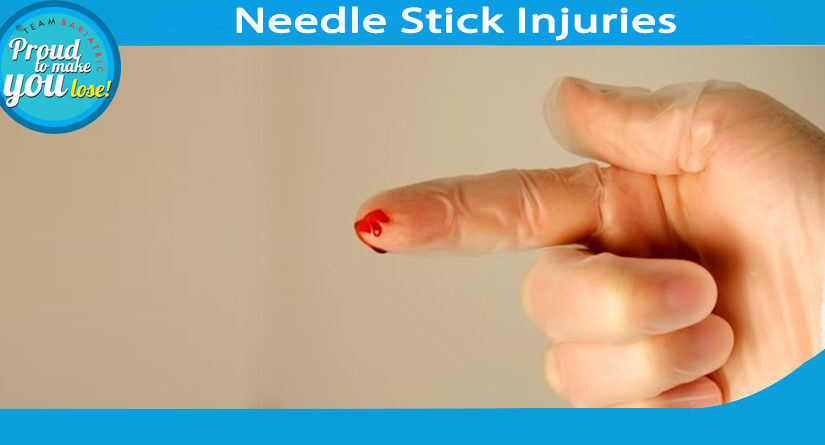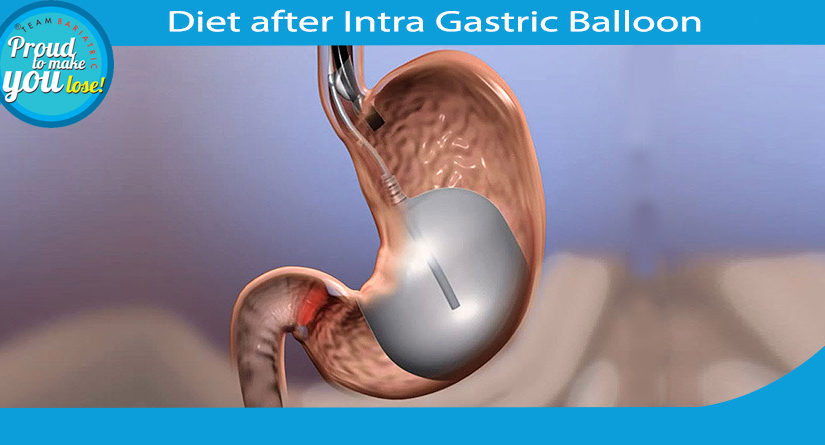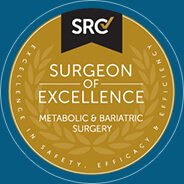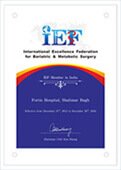For us the word cancer evokes panic and fear of imminent death, whenever some one close is diagnosed with cancer we are shocked. All cancers though are not same; a great majority can be cured when caught early. And then there are types associated with predisposing medical conditions. We normally picture cancer patients as thin, worn out, barely able to eat, in pain, and in a state of constant dread. This may be true to a large extent. But many recently diagnosed cancer patients are in fact overweight and even obese. You will be surprised to know that obesity is a major risk factor for many cancers, so much so that it is considered to be second only to smoking, the most common one. Here are a few well known facts, for example obesity in women increases risk of Breast cancer fourfold, the uterine and ovarian cancer 5 fold, obese men and women are much more prone to cancers of esophagus, colon, gall bladder and thyroid, and many more.
Not only Cancer occurs more in obese, it is also more difficult to diagnose early. A lump may remain hidden in fat for a long time. The imaging and tests are less reliable in bulky and are less sensitive making it difficult to pick even a moderate size tumor. Severely obese even cannot be accommodated in a standard size CT scanner. Secondly it is diagnosed a t a more advanced stage, so is difficult to treat, the surgery becomes riskier and limited in scope in serious obesity. Radiation and chemotherapy likewise are needed in larger doses resulting in more side effects and morbidity.
So it is all the more important to keep weight in-check and treat serious obesity early. Bariatric surgery with its long long-lasting and superior results is the best way to lose weight in suitably selected patients. Bariatric surgery`s benefits compound with time and are consistent with lifelong health and happiness.

